On Friday, I completed my fifth, and final, tree condition inspection of the year for the Camping and Caravanning Club. Over the course of August and September, I had the pleasure of visiting five of the 16 Camping and Caravanning Club sites in Scotland, including,
- Moffat. The campsite – located to the south of Moffat – is level and open, with only a few individual trees amongst the pitches. The majority of the tree cover is located along the Birnock Water [a dog walking area for club members], and along the western boundary of the site, and comprises of a mixture of ash (Fraxinus excelsior), sycamore (Acer pseudoplatanus) and aspen (Populus tremula). The ash on site will require regular inspection in the coming years to monitor the extent of ash dieback (Hymenoscyphus fraxineus) infection present.
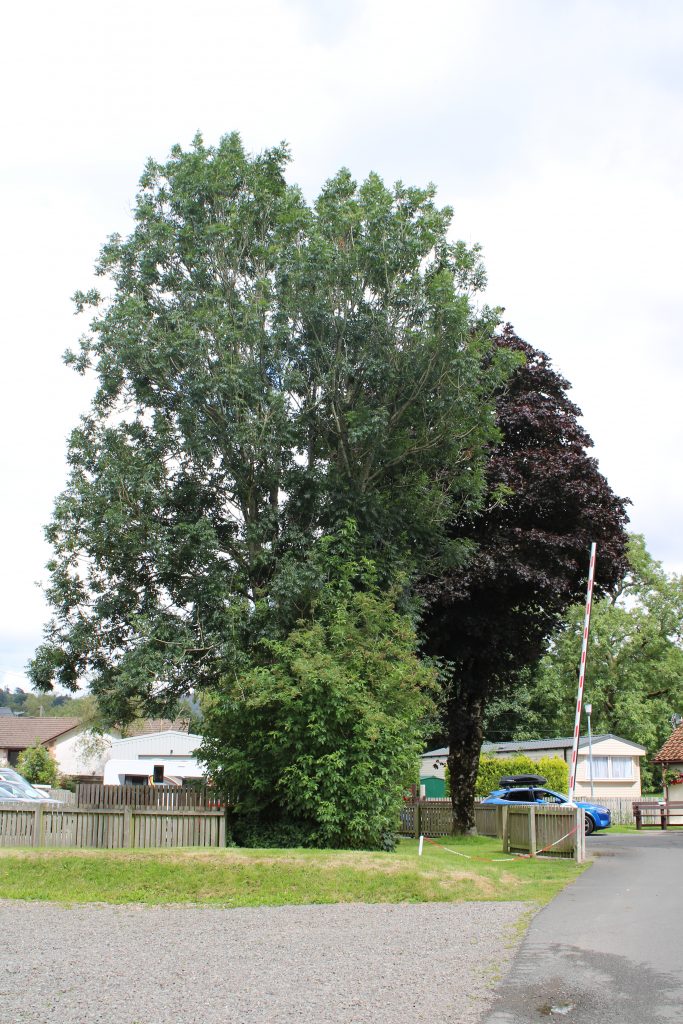
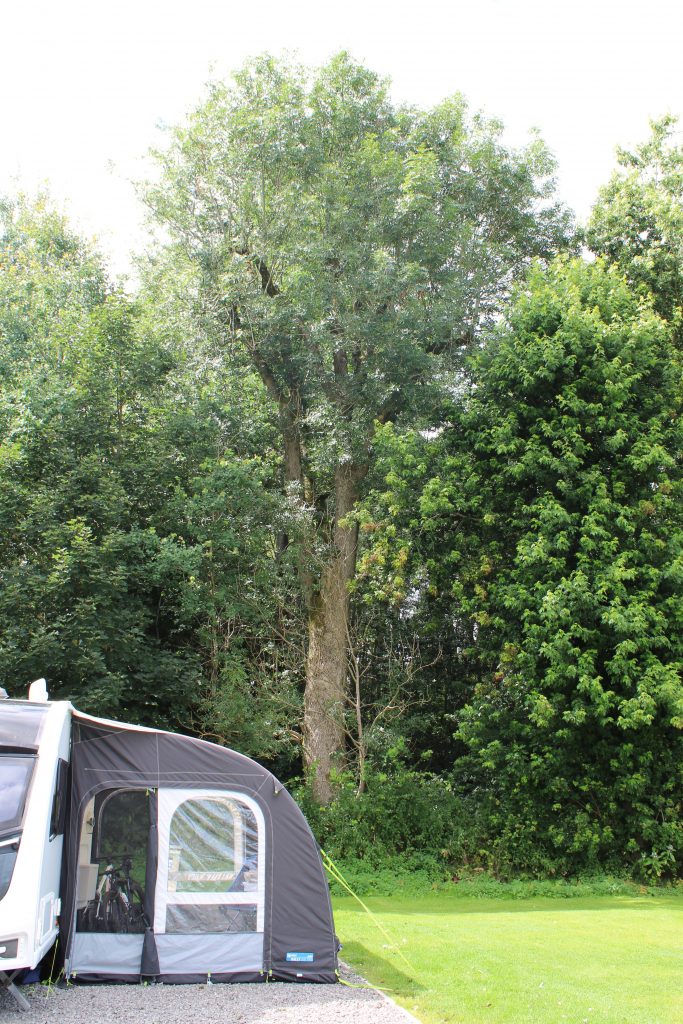
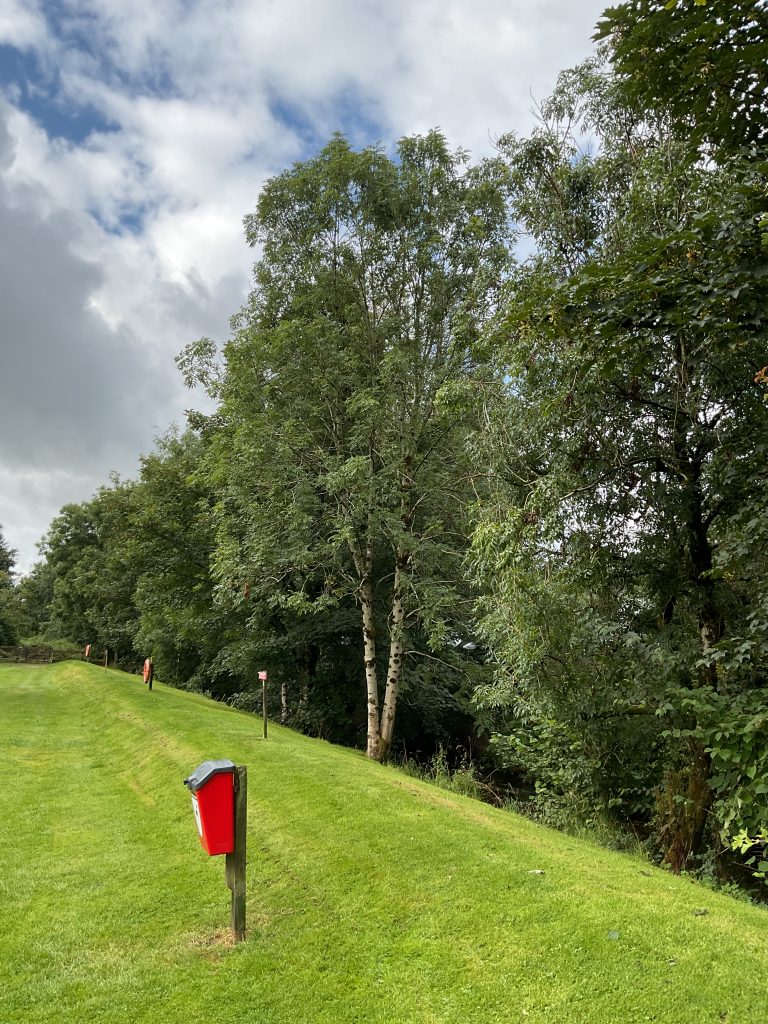
- Loch Ness Shores. The campsite is situated on the southern shoreline of Loch Ness, beside the village of Foyers. The majority of the tree cover is located along the eastern boundary of the site towards the River Foyers, where sycamore (Acer pseudoplatanus), ash (Fraxinus excelsior) and alder (Alnus glutinosa) dominate; and along the northwest boundary, where the ground falls steeply to the loch. The shoreline contains a strip of mature larch (Larix decidua) and beech (Fagus sylvatica) of significant stature, and the strip extends southwest beyond the campsite, as far as Foyers Cemetery and the Jane Fraser Memorial Obelisk. The campsite shop sells some of the most heavenly home-baking you could imagine – the homemade carrot cake was the ideal reward after seven hours of tree inspections.
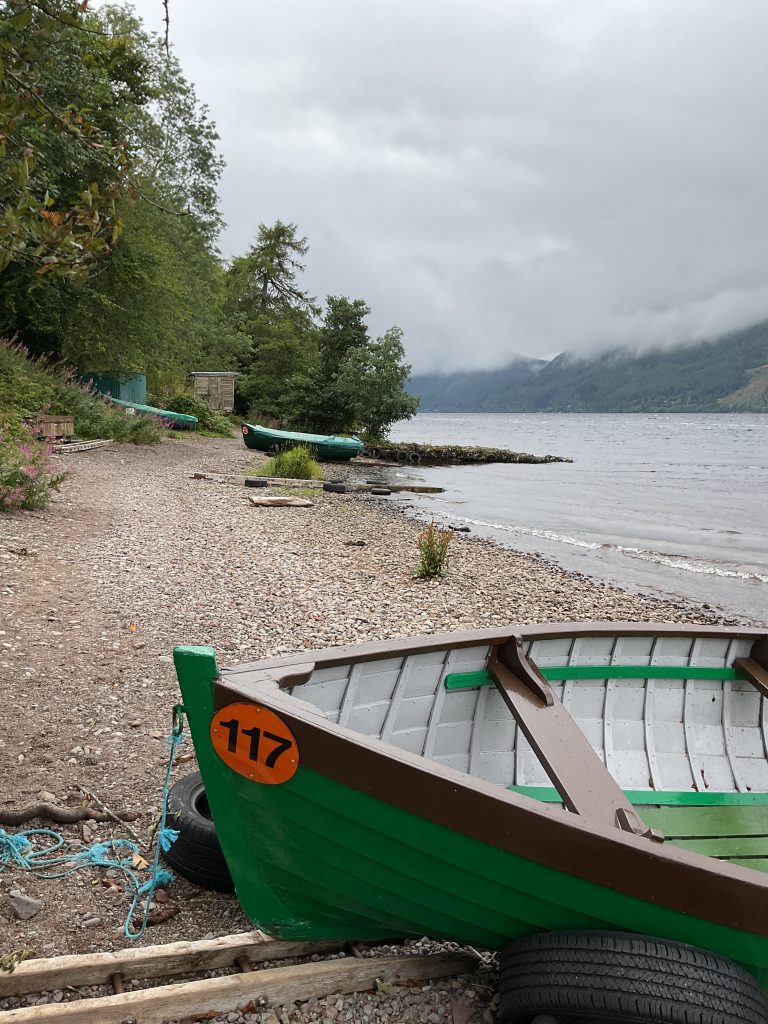
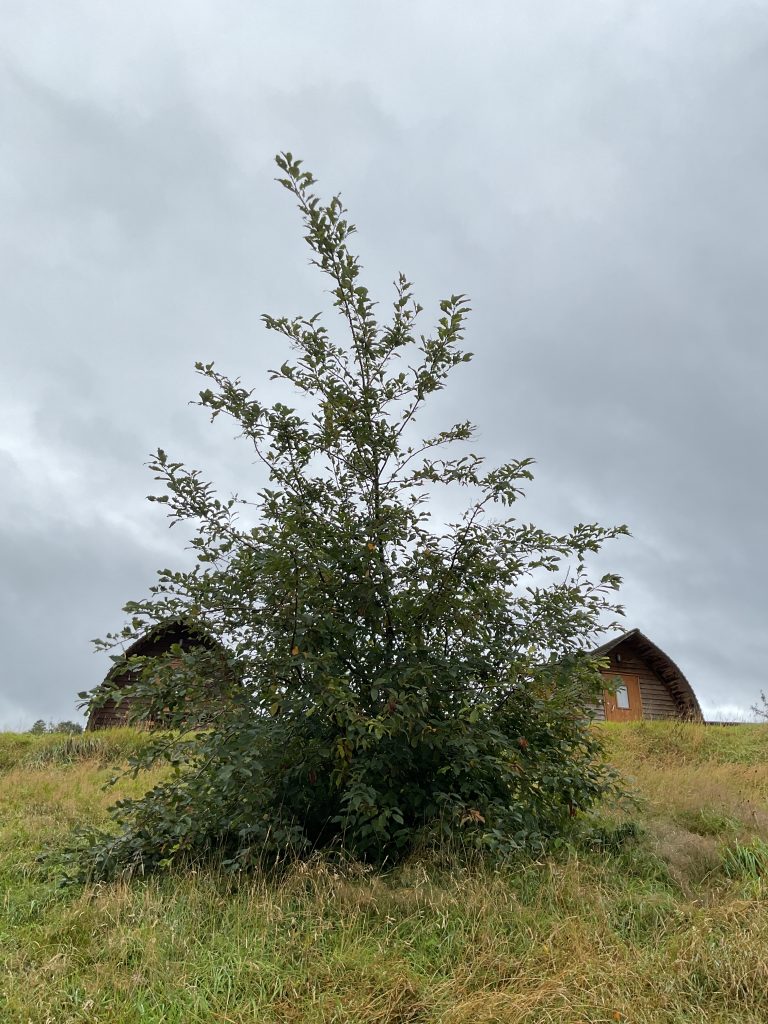
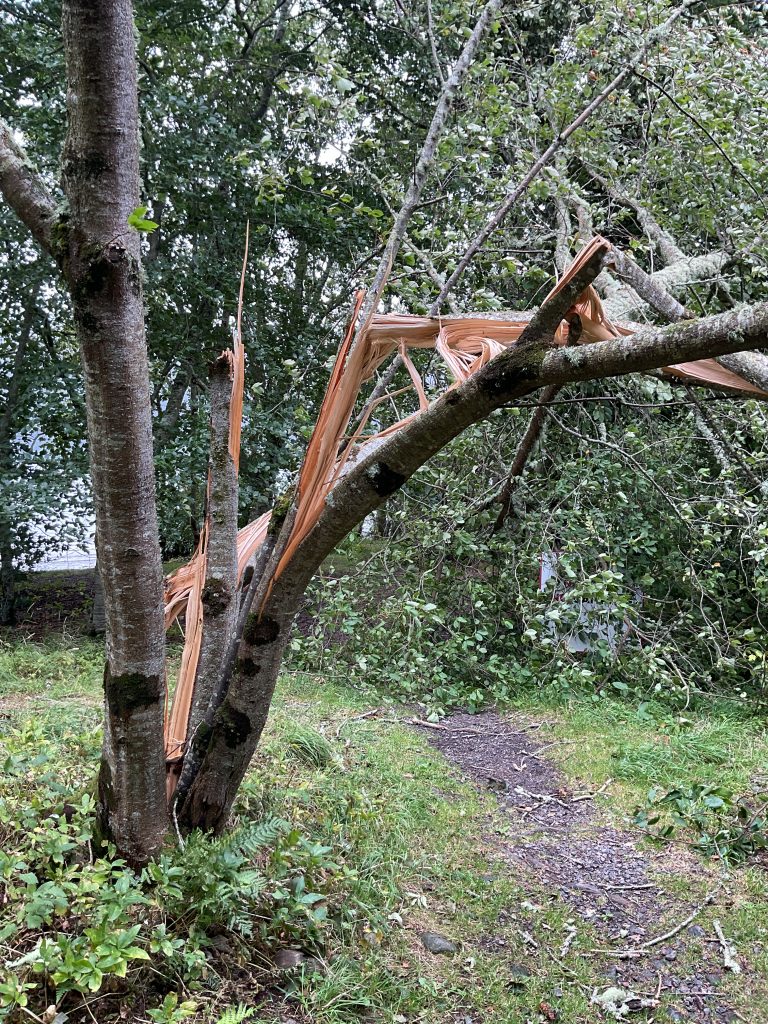
- Inverewe Gardens. I visited the Inverewe Gardens campsite in Poolewe on one of the most glorious days of the summer. The vista across Loch Ewe from the campsite (and the drive home alongside Loch Maree, through Beinn Eighe National Nature Reserve and finally Glencoe) was simply breathtaking. The Inverewe Gardens site also provided Callophrys Tree Consultancy with its most northerly tree survey to date, surpassing the tree condition survey I undertook at The Church of Jesus Christ of Latter-day Saints in Elgin in February.
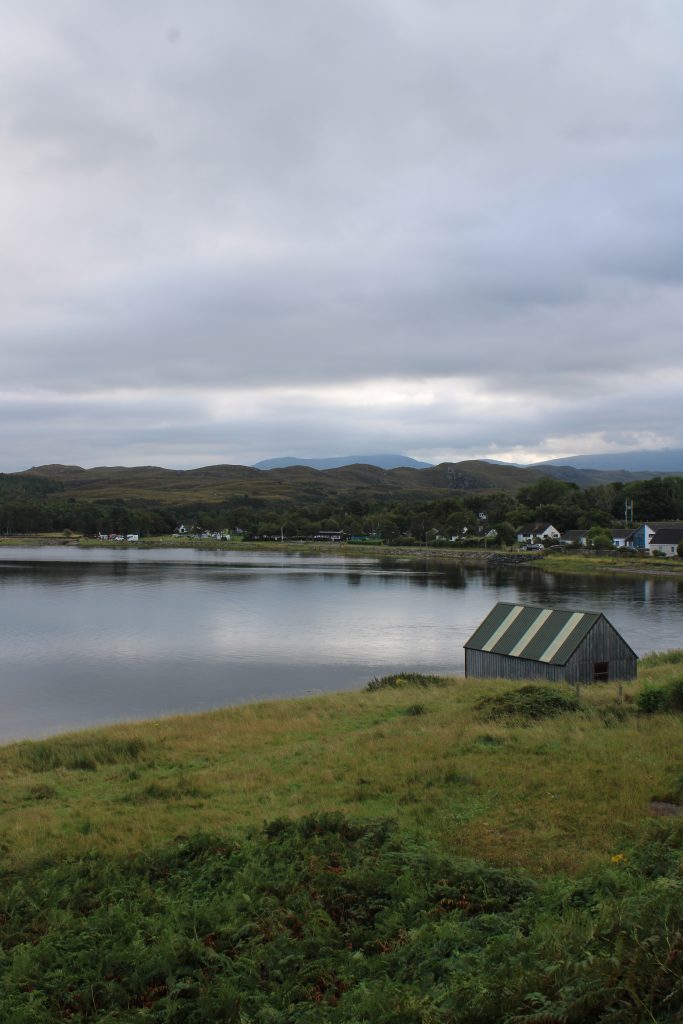
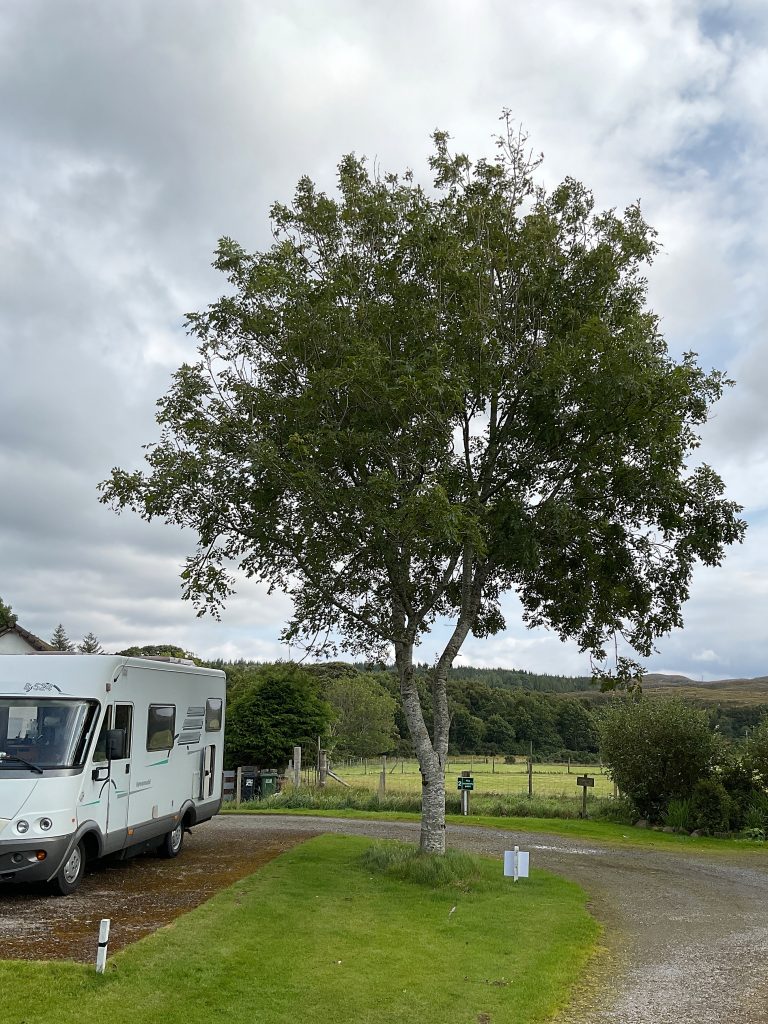
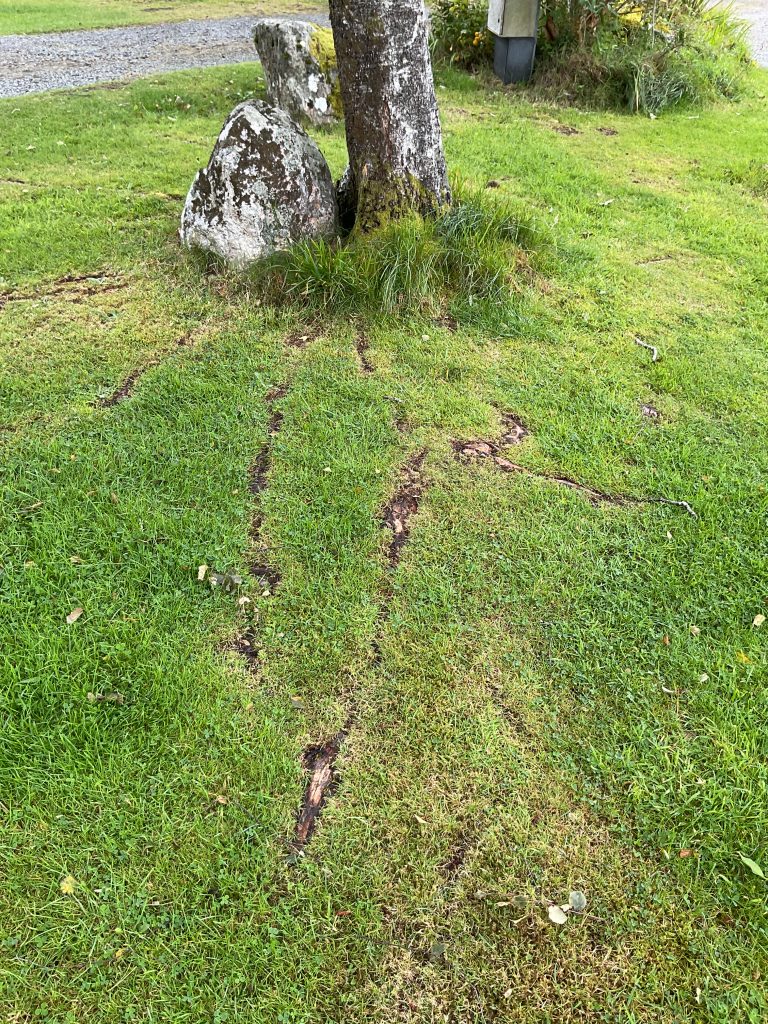
- Scone, Perth. The Scone campsite, north of Perth, is located next to Perth Racecourse. The site is entirely enclosed by a continuous strip of woodland comprising of a mixture of alder (Alnus glutinosa), larch (Larix decidua) and hybrid poplar (Populus × canadensis). The woodland strip would appear to provide ideal growing conditions for a variety of fungi, including Dyer’s mazegill (Phaeolus schweinitzii), Artist’s fungus (Ganoderma applanatum) and Conifer root rot (Heterobasidion annosum).
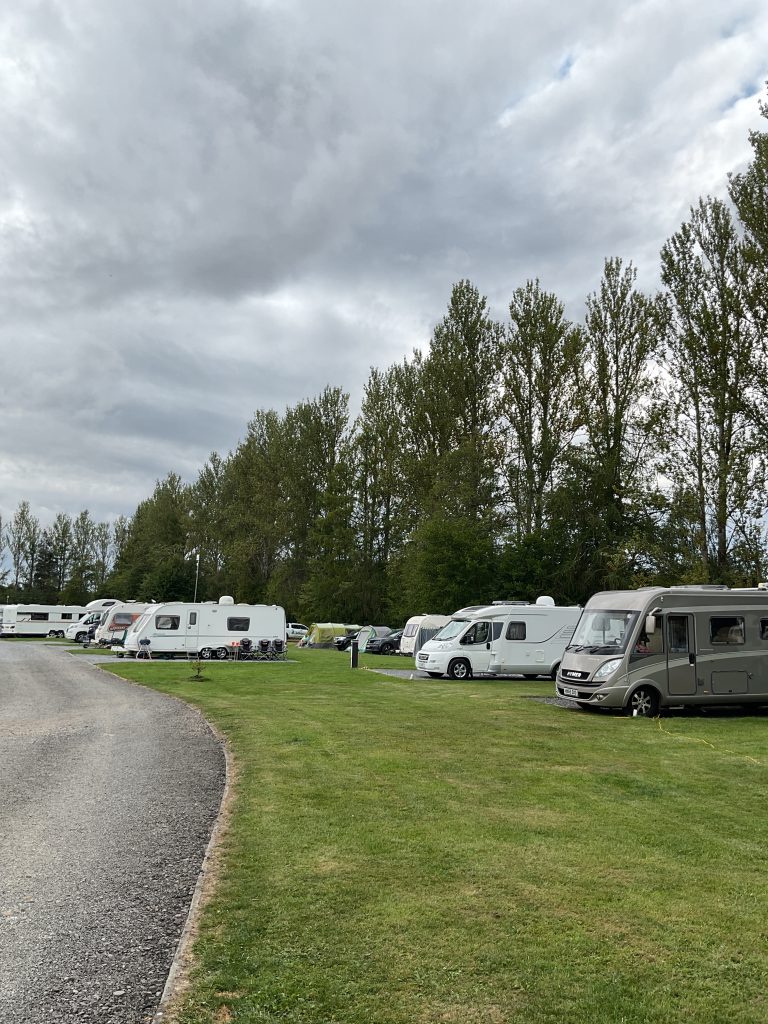
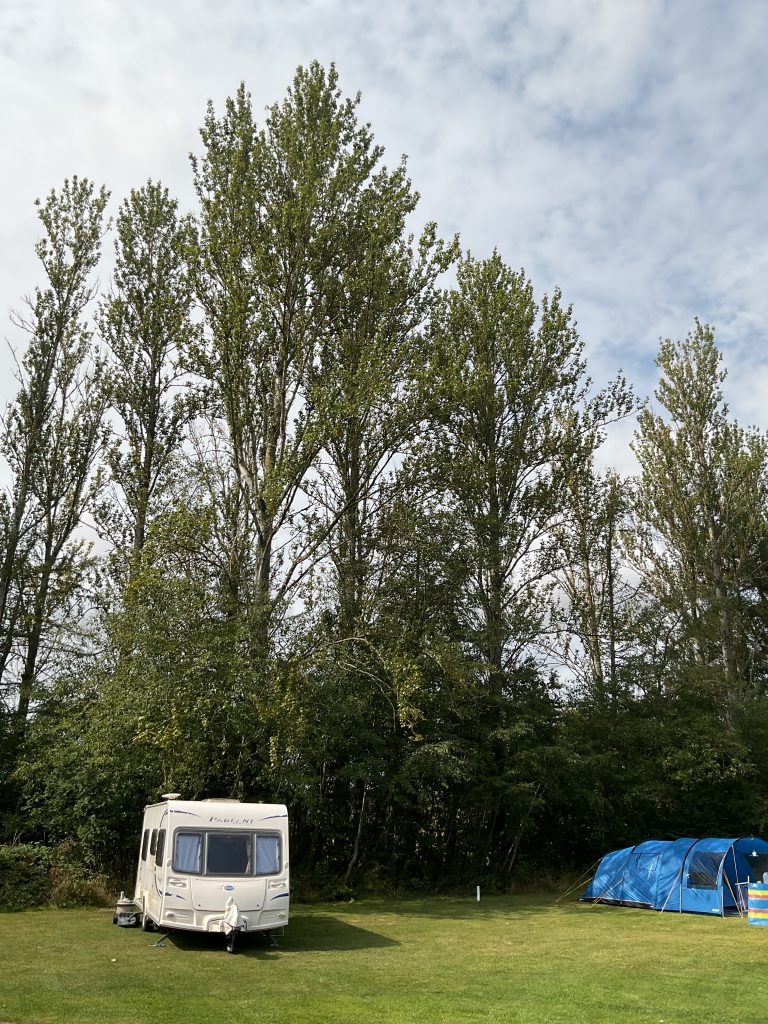
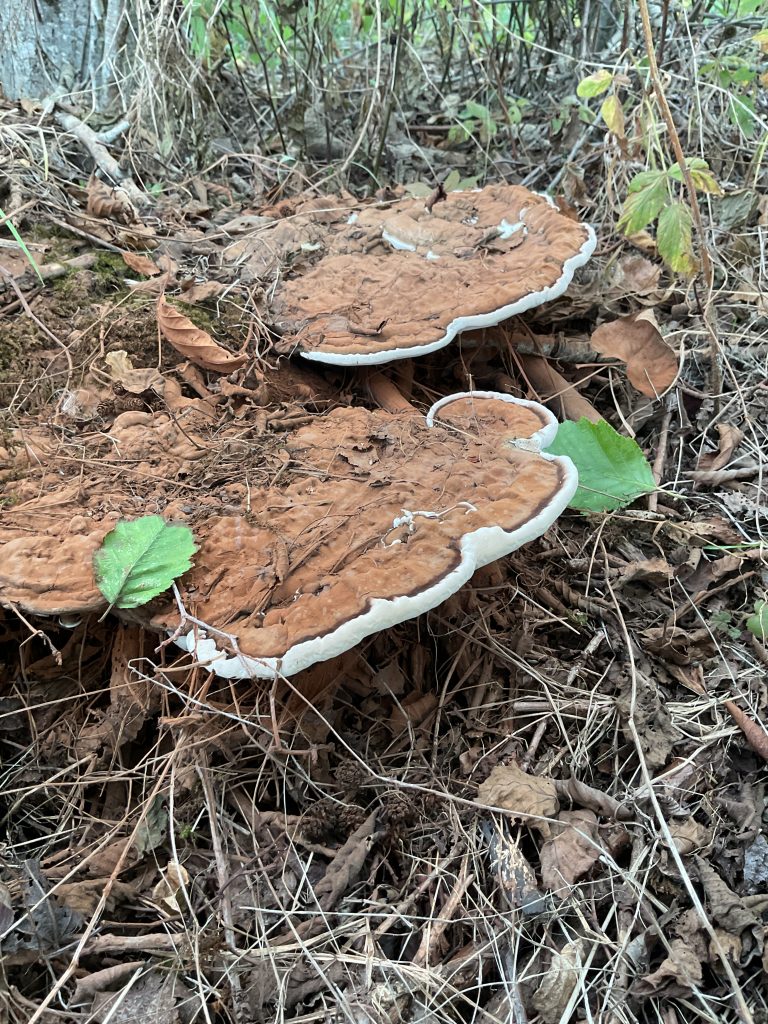
- Dunbar. The Dunbar campsite overlooking the Firth of Forth and the Bass Rock is situated to the east of Dunbar, alongside Dunbar Golf Course, Whitesand Nature Reserve and Barnes Ness Lighthouse. The conifers on site suffered substantial windblow in the northerly storms of November 2021 (most notably Storm Arwen), nonetheless, a large number of early mature Scots pine (Pinus sylvestris) and Corsican pine (Pinus nigra) remain on site.
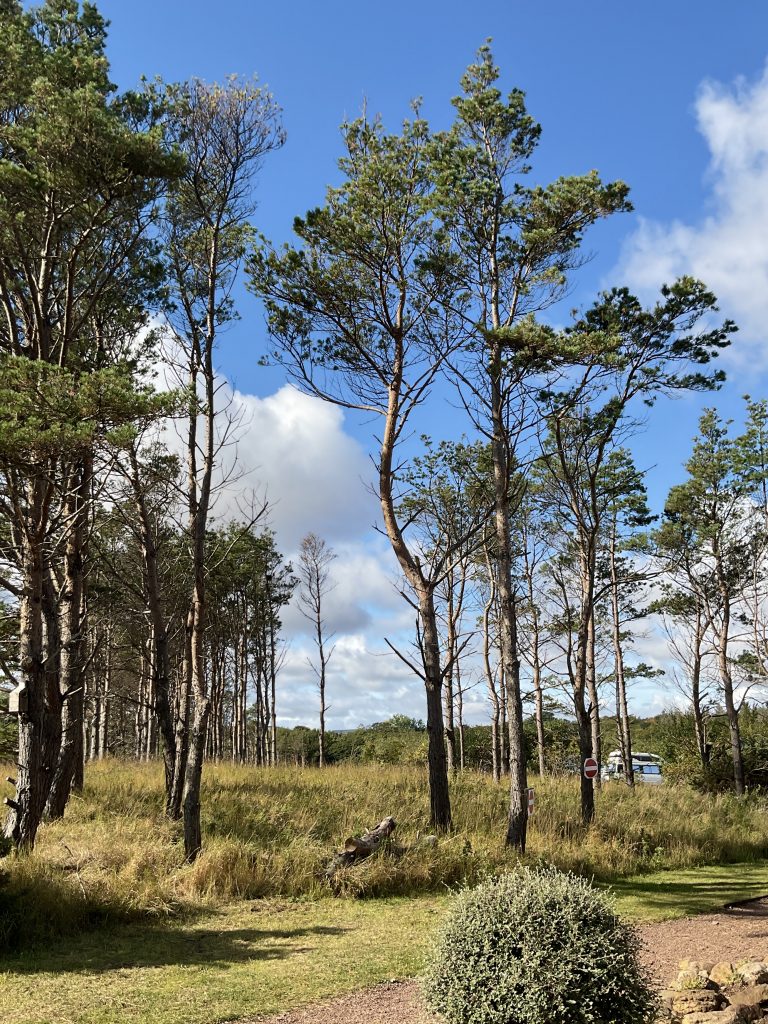
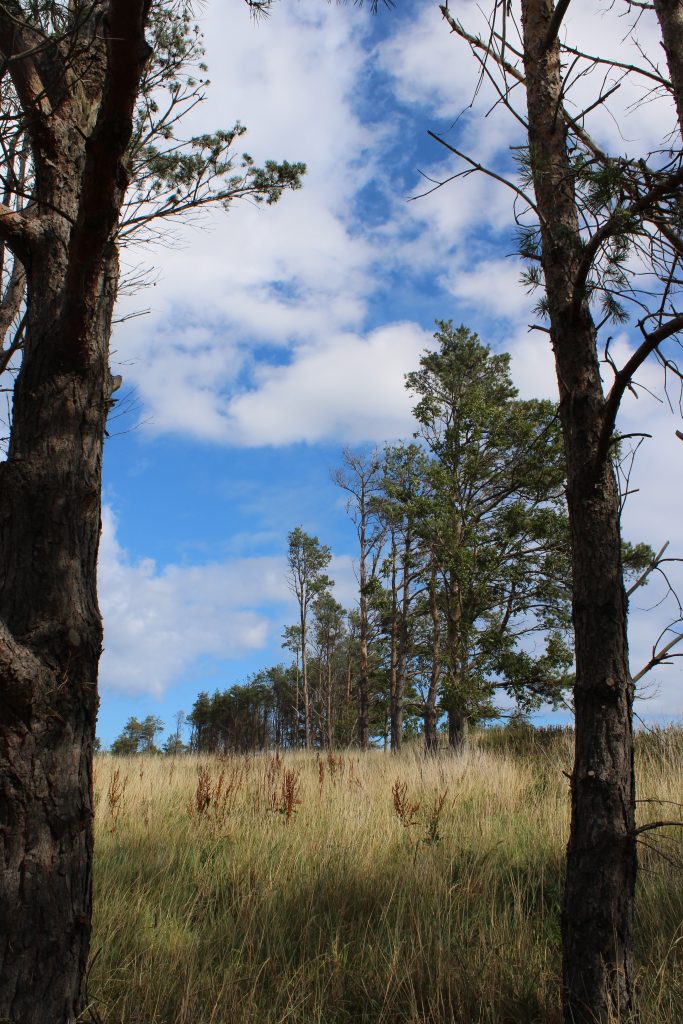
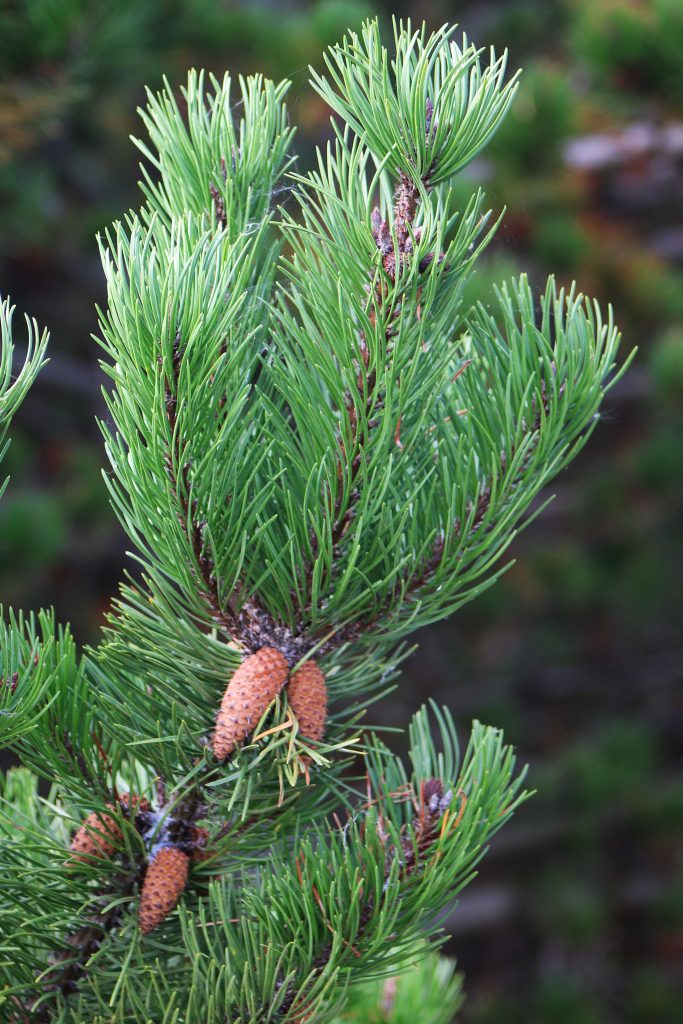
Tree condition inspections are intended to identify distinct defects and other failure-prone characteristics of the trees in question. However, the identification of a defect associated with a tree does not tell us anything about the actual risk that it represents to a person or property. That is determined by the potential target, the size of the dysfunctional part and the likelihood of failure. Often, risk is reduced in times of bad weather (when tree failures are more likely to occur) because people tend to stay at home. This is not the case at a campsite, where people are confined to motor homes, caravans and tents in times of bad weather; the risk may be made even worse if people are asleep in a motor home, caravan, or tent and are not alert to the danger and do not take avoiding action.
One of the more enjoyable aspects of inspecting trees on campsites is the informal engagement with members of the public. Visitors were keen to speak with me, to find out what I was doing, and were impressed to learn that the Camping and Caravanning Club treated tree safety so seriously. Members, by and large, were in favour of the tree cover on the campsite, and those I spoke with certainly embodied the Camping and Caravanning Club‘s mantra – The Friendly Club.
The only drawback is the Pavlovian response to the aroma of frying bacon emanating from the camper vans, caravans and tents at nine o’clock in the morning. The hedonistic pork-based perfume serves only as a reminder that a lunch of cheese and pickle sandwiches is still three hours away.

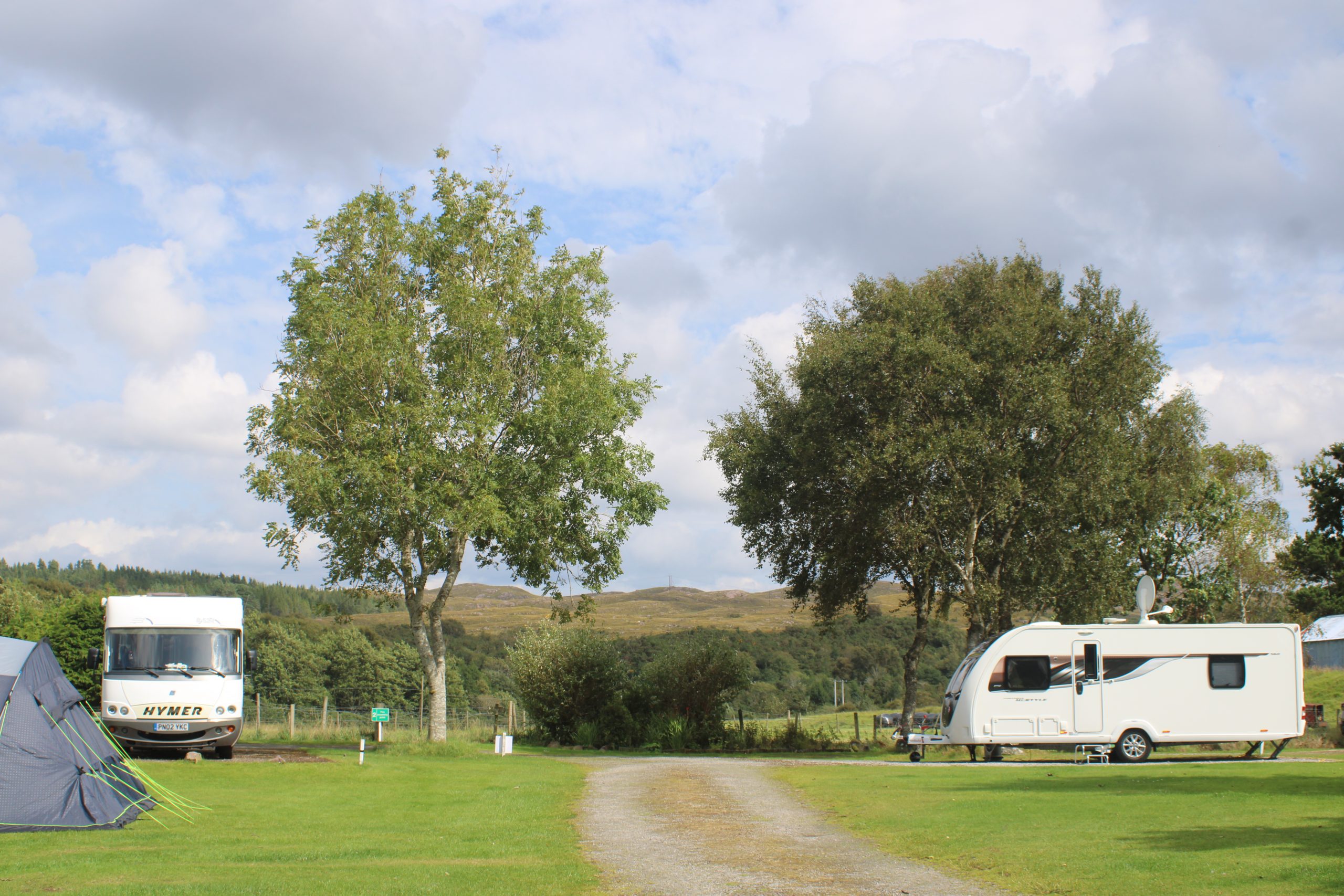
Leave a Reply